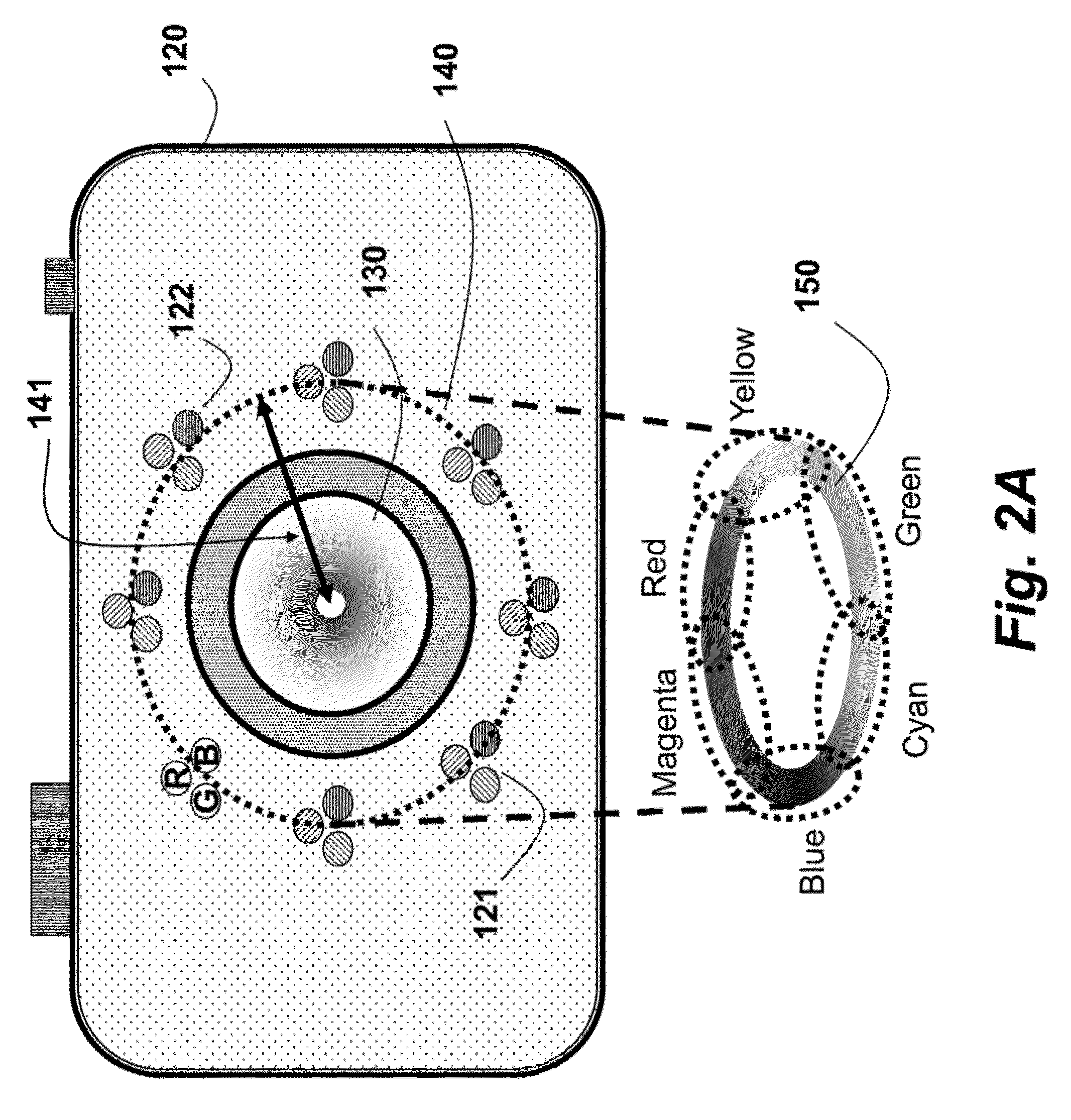Specular edge extraction using multi-flash imaging
a multi-flash, imaging technology, applied in the field of computer vision, can solve the problems of object non-lambertian reflectance, object that is highly specular or has significant transparency cannot be handled by such methods, and the presense of threads complicates the problem, so as to avoid the effect of degeneracy in 3d line reconstruction
- Summary
- Abstract
- Description
- Claims
- Application Information
AI Technical Summary
Benefits of technology
Problems solved by technology
Method used
Image
Examples
Embodiment Construction
[0037]System Overview
[0038]FIG. 1 shows a system 100 and method 200 for determining poses of objects according to embodiments of our invention. In particular the objects are metallic screws or bolts 102 arranged in a bin 105 of hundreds of identical or different kinds of objects. Since the objects have shiny surfaces, the objects appear specular when illuminated. This makes it difficult to detect the objects in images of the scene, because the objects reflect the surrounding environment, and the textureless objects themselves are difficult to discern.
[0039]We use a 6-axis robot arm 110, on which a multi-flash camera (MFC) 120 is mounted. The MFC has multiple point lights arranged around the lens, and acquires images while illuminating the scene. A method determines a pose of each object to be picked by a gripper 111 using a set of images of each object. The method can be performed in a processor 210 connected to memory and input / output interfaces as known in the art.
[0040]Multi-Flas...
PUM
 Login to View More
Login to View More Abstract
Description
Claims
Application Information
 Login to View More
Login to View More - R&D
- Intellectual Property
- Life Sciences
- Materials
- Tech Scout
- Unparalleled Data Quality
- Higher Quality Content
- 60% Fewer Hallucinations
Browse by: Latest US Patents, China's latest patents, Technical Efficacy Thesaurus, Application Domain, Technology Topic, Popular Technical Reports.
© 2025 PatSnap. All rights reserved.Legal|Privacy policy|Modern Slavery Act Transparency Statement|Sitemap|About US| Contact US: help@patsnap.com



